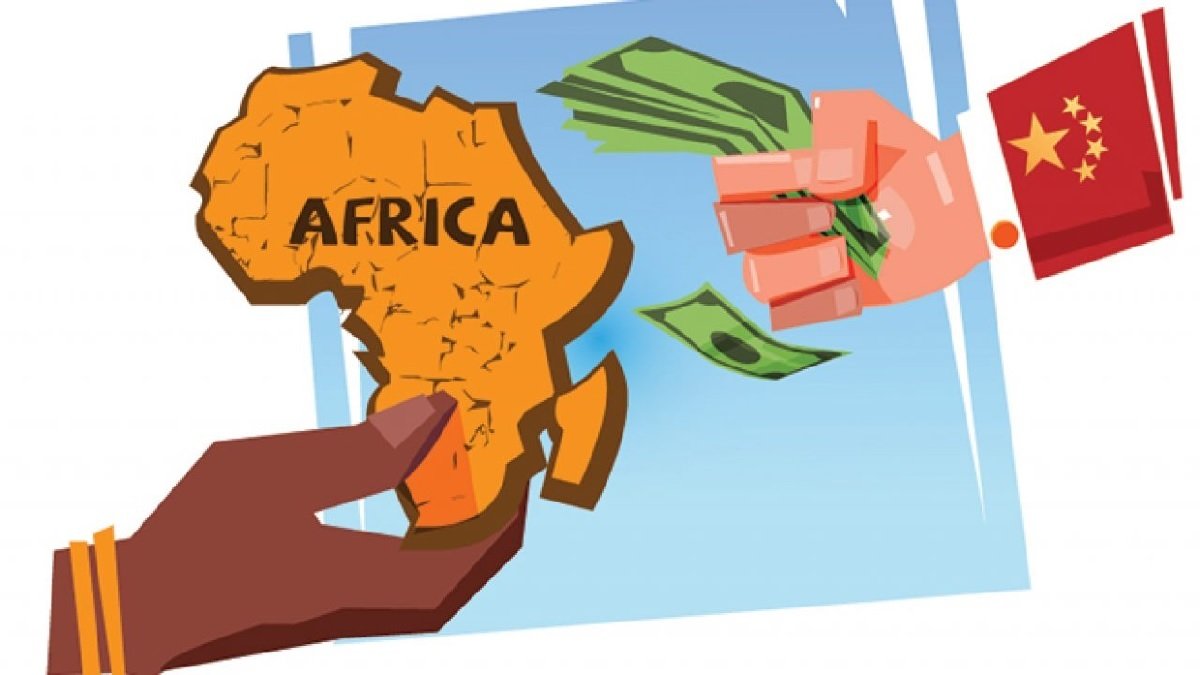For some African nations, 2024 appears to be a year of economic reckoning as debts to China and other lenders come due. These countries went and got l
For some African nations, 2024 appears to be a year of economic reckoning as debts to China and other lenders come due. These countries went and got low-interest loans by the bucketload.
Nine African countries started this year in debt distress, with another 15 at high risk of distress and 14 more categorized as moderate risk, according to the World Bank.
Ethiopia, Ghana and Zambia started 2024 having defaulted their debt payments. Chad has joined them in seeking to have its debt restructured.
Collectively, the economies of Africa will grow at 4% in 2024, making it the second-fastest-growing economic region in the world after Asia, according to the International Monetary Fund (IMF). But that growth will face strong headwinds in the form of ever-increasing debt. Rising interest rates tied to that debt are likely to drive more countries into distress, according to Alex Vines, director of the Africa Programme at Chatham House in the United Kingdom.
Kenya might serve as an example of the choices countries must make as they grapple with their debt.
Kenya owes more than $6 billion to China, its largest creditor. The bulk of that debt financed the 700-kilometer Chinese-built Standard Gauge Railway (SGR) between Mombasa and Nairobi. Chinese designers originally promised the railway would pay for itself, but that has not happened, leaving the government on the hook for the debt.
Together with money owed to the World Bank and other multilateral lenders, Kenya’s debt will equal 67% of its gross domestic product (GDP) in 2024, according to the National Treasury of Kenya. That’s about 50% higher than a decade ago when Kenya signed on to China’s Belt and Road Initiative and launched a wave of infrastructure-related borrowing.
Karuti Kanyinga, a research professor at the Institute for Development Studies at the University of Nairobi, said Kenya’s debt to China is not going to be sustainable.
Chinese loans carry higher interest rates than World Bank or IMF loans and are less likely to be forgiven. Rather, the loans and their payments often are extended, which adds more interest and makes the loans even more expensive in the long run.
As the SGR has languished, the Kenyan government has been forced to pay the bill. The most recent payment to the Exim Bank of China, made at the beginning of Kenya’s budget year in mid-2023, totaled $471 million. Rising interest rates meant the interest alone exceeded $160 million, more than double the $77.6 million paid during the same period in 2022.
Despite Kenya’s strained finances, President William Ruto recently approached China to borrow another $1 billion while slowing repayments on existing loans. The new money would finish infrastructure projects left undone when China abruptly shut off lending to Kenya and several other increasingly overstretched borrowers in early 2023.
The impact of Chinese debt is that paying back consumes an ever-greater amount of the tax revenue needed to keep schools open, provide electricity, and pay for food and fuel.
Repayments also are draining foreign currency reserves that countries use to pay interest on those loans, leaving some with just months before that money is gone.
China’s demand to keep the terms of its loans secret only complicates efforts to resolve African nations’ debt problems. International lenders are reluctant to continue extending credit without understanding the full picture of a country’s obligations, experts say.
Ruto took a step toward improving transparency around Kenya’s debts when, against China’s wishes, he released part of the terms of Chinese loans in the name of transparency.
ADF Magazine
